Creating a bird-friendly roof doesn’t just benefit our feathered friends—it can transform your home into a vibrant ecosystem that contributes to local biodiversity. As urban development continues to reduce natural habitats, our rooftops represent valuable real estate for birds seeking food, shelter, and nesting sites. By making thoughtful modifications to your roof, you can create a welcoming sanctuary that supports bird populations while providing you with the joy of observing these fascinating creatures up close. This guide will walk you through practical steps to transform your rooftop into a haven for local and migratory birds alike.
Understanding Why Birds Need Our Help

Bird populations worldwide have declined dramatically over recent decades, with some studies showing a loss of nearly three billion birds in North America alone since 1970. This alarming decrease stems from habitat loss, climate change, pesticide use, and urban development that has transformed natural landscapes into concrete jungles. Residential rooftops cover significant square footage in urban and suburban areas, offering an opportunity to give back vital space to wildlife. By converting these previously unused areas into bird-friendly zones, homeowners can play a crucial role in conservation efforts. Even small changes to your roof can create stepping stones of habitat that help birds navigate through developed areas.
Assessing Your Roof’s Potential
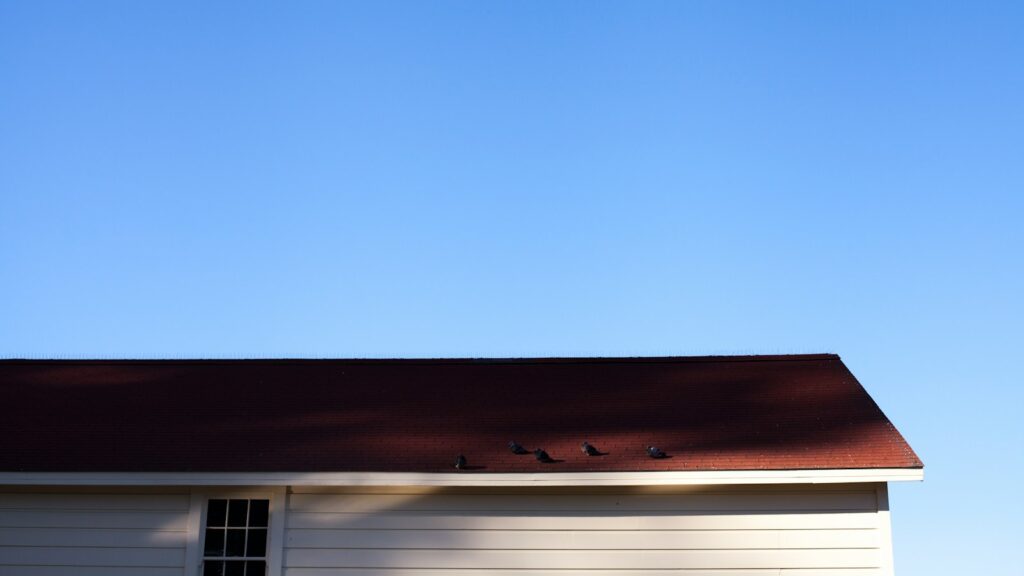
Before making modifications, evaluate your roof’s structure, material, and exposure to determine what bird-friendly features might work best. Flat roofs offer different possibilities than pitched roofs, with the former potentially supporting container gardens or even green roof installations. Consider your local climate, as this affects which bird species might visit and what kinds of plants will thrive. Take note of existing elements like chimneys, vents, and gutters that might either pose hazards or provide opportunities for enhancement. Also assess sun exposure, wind patterns, and visibility from predators, as these factors influence how attractive and safe your roof will be for birds. Consulting with a structural engineer can ensure your roof can support any planned additions without compromising your home’s integrity.
Installing Bird-Safe Windows and Glass Features
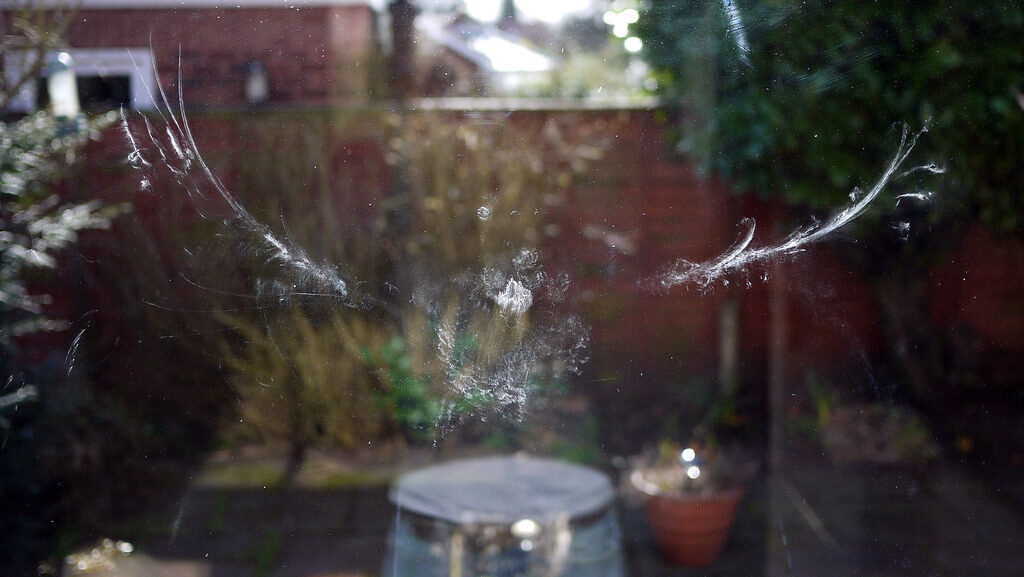
Window collisions kill hundreds of millions of birds annually in the United States alone, making bird-safe glass essential for any bird-friendly roof, especially if you have skylights or glass features. Apply specialized window films with patterns that birds can see but remain virtually invisible to humans. These films typically feature dots, lines, or patterns spaced no more than two inches apart—the maximum gap that birds can perceive as a barrier. For skylights, consider installing external screens that minimize reflections while still allowing light through. If renovating or building new, explore bird-friendly glass options like fritted glass, which incorporates permanent patterns visible to birds. Remember that even interior features like houseplants placed near windows can increase collision risk by creating the illusion of accessible habitat, so place these thoughtfully.
Creating a Green Roof Ecosystem
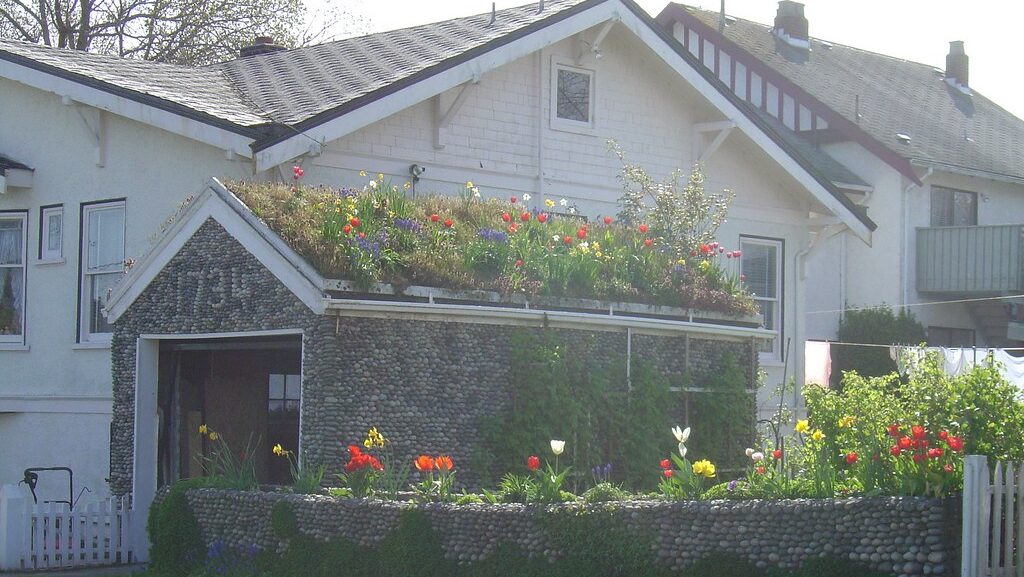
Green roofs represent perhaps the most transformative approach to bird-friendly roofing, turning barren surfaces into living ecosystems. These installations consist of a waterproof membrane, drainage layer, growing medium, and carefully selected plants—typically native species that require minimal maintenance. Beyond attracting birds, green roofs offer numerous benefits including improved insulation, extended roof lifespan, reduced stormwater runoff, and mitigation of the urban heat island effect. While extensive green roofs (featuring shallow soil and low-growing plants) require less structural support, intensive green roofs can support deeper soil and a wider variety of plants that provide more resources for birds. Consider consulting with a green roof specialist to determine if your existing roof can be retrofitted or what modifications would be necessary to support this sustainable feature.
Selecting Bird-Friendly Native Plants
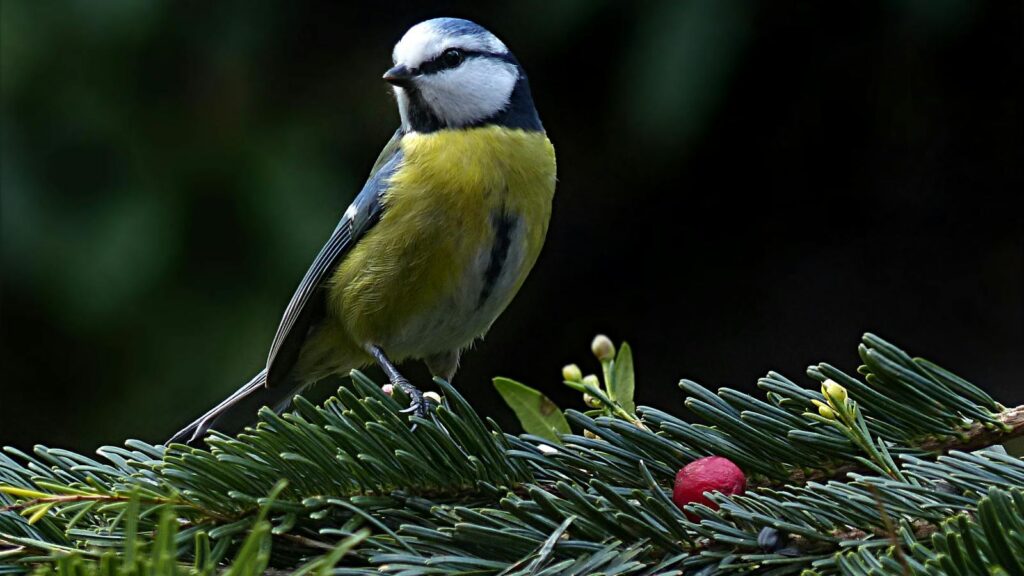
Whether installing a green roof or simply adding container gardens, selecting the right plants dramatically increases your roof’s appeal to birds. Native plant species provide the most ecological value because they’ve co-evolved with local birds, offering familiar food sources and habitat structures. Choose plants that produce berries, seeds, or nectar to provide natural food sources throughout different seasons. Include a variety of plant heights and structures to offer diverse shelter options—groundcovers for foraging, shrubs for nesting, and taller elements for perching. Evergreen species provide year-round shelter, especially important in colder climates. Research shows that native plants support significantly more caterpillars and insects—essential protein sources for many bird species, particularly during breeding season when they’re feeding young.
Installing Bird Feeders Strategically
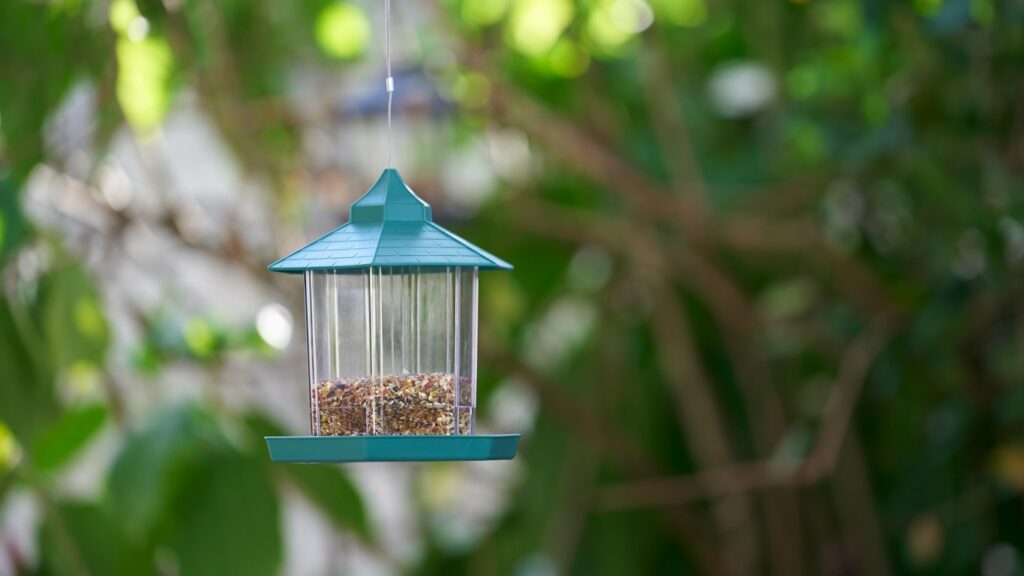
Supplemental feeding stations can attract a variety of birds to your roof space, especially during seasons when natural food may be scarce. Mount feeders at least 10-12 feet from windows to prevent collision risks, and position them where they’re protected from prevailing winds. Different feeder styles attract different species—tube feeders work well for finches and chickadees, platform feeders accommodate larger birds like cardinals and jays, while specialized feeders can attract hummingbirds or woodpeckers. Provide diverse food types including black oil sunflower seeds, nyjer thistle, suet, and nectar to maximize the variety of visitors. Remember that once you start feeding birds, they may come to depend on this food source, so commit to maintaining feeders particularly during harsh weather when natural food is scarce.
Providing Essential Water Sources
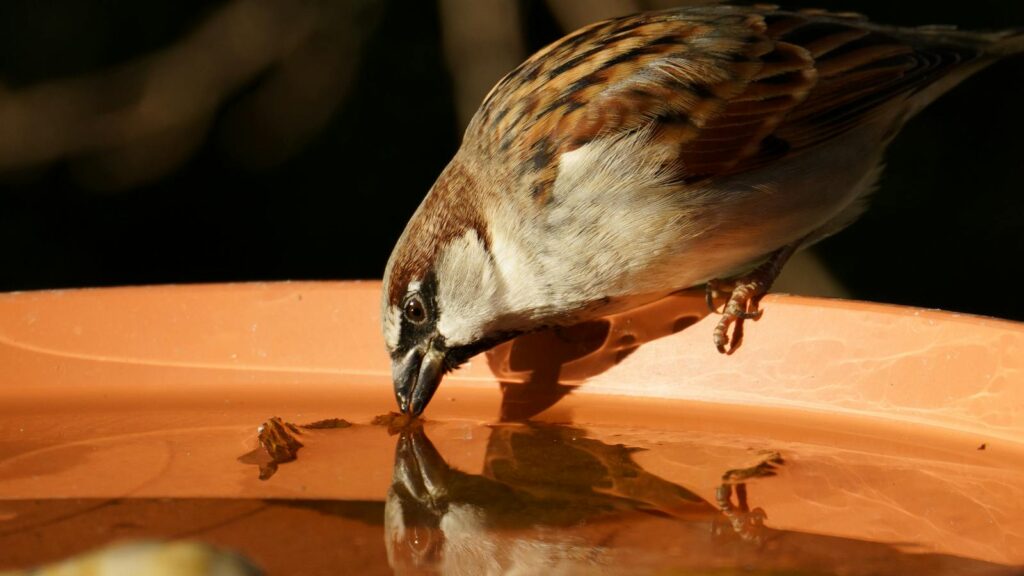
Water features may be the single most effective addition for attracting birds to your roof space, serving their needs for drinking and bathing. Bird baths should be shallow (no deeper than 2-3 inches at the center) with textured, gently sloping sides to provide secure footing. Consider heated options for winter use in cold climates, as unfrozen water becomes especially valuable during freezing conditions. Moving water attracts birds more effectively than still water—consider adding a small solar-powered fountain or dripper to create enticing ripples and splashing sounds. Position water features where birds have a clear sight line to spot approaching predators and near shrubs or perches that offer quick escape routes. Clean and refill water features regularly to prevent the spread of disease and mosquito breeding.
Creating Safe Nesting Opportunities

Providing nesting sites can transform your roof from a mere feeding station to a true habitat supporting the complete life cycle of birds. Install nest boxes designed specifically for species common to your area, positioning them at appropriate heights and orientations (typically facing away from prevailing winds and afternoon sun). Different species require different box designs—small entry holes for chickadees and wrens, open-fronted boxes for robins and phoebes, or specialized designs for swifts and swallows. If you have appropriate roof structures, consider installing platforms for larger birds like mourning doves. Create brush piles using pruned branches or provide nesting material like pet fur, natural cotton fibers, or small twigs in mesh holders for birds to collect. Always position nesting sites where they’re protected from predators and human disturbance.
Managing Predator Concerns
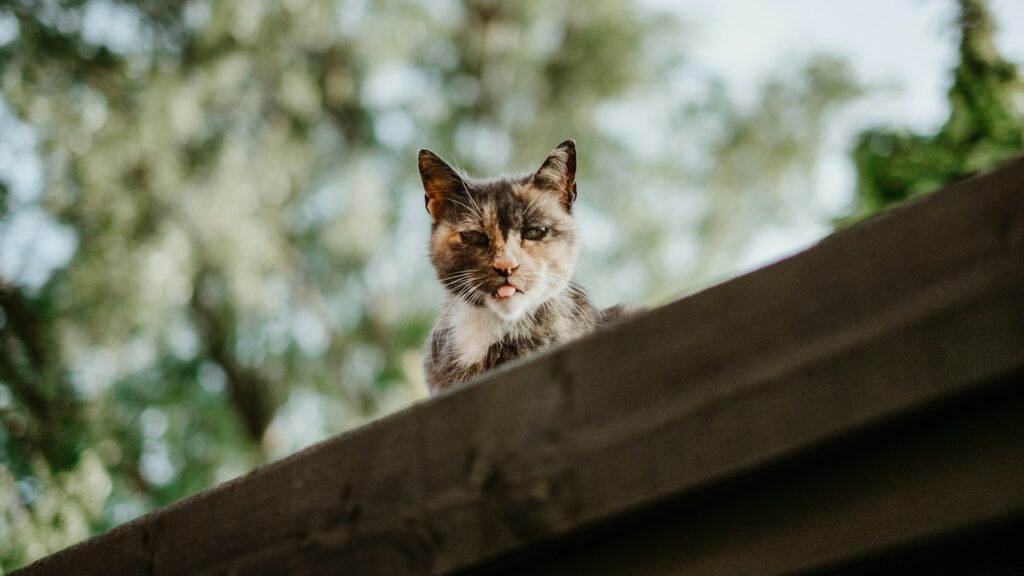
Creating a bird-friendly roof requires thoughtful consideration of potential predators that might threaten your feathered visitors. Domestic cats represent one of the greatest threats to birds, killing billions annually in the United States alone, so if you own cats, keep them indoors or create an enclosed “catio” that allows them outdoor time without access to birds. Mount bird feeders and houses on poles with predator guards to prevent squirrels, raccoons, and other climbing predators from accessing them. Position bird features away from places where predators could hide or launch ambush attacks. Consider how neighboring structures might harbor predators or create access routes to your roof habitat. Hawks and other raptor predators are natural parts of the ecosystem, but providing adequate shelter through plantings gives smaller birds quick escape options when these predators appear.
Minimizing Light Pollution

Artificial night lighting disrupts birds’ natural behaviors and migration patterns, with bright urban skies confusing nocturnal migrants and causing deadly collisions with buildings. Install only the minimum lighting necessary on your roof and choose fixtures that direct light downward rather than up into the sky or outward where it creates glare. Use warm-colored LED bulbs (3000K or lower color temperature) which have less impact on wildlife than cool blue-white lights. Consider motion-sensor activation so lights only illuminate when needed rather than burning constantly. During peak migration seasons (typically spring and fall), be particularly conscientious about reducing unnecessary lighting, especially on foggy or cloudy nights when birds fly lower and are more vulnerable to light attraction. If you enjoy your roof space in the evening, consider using candles or very low-level lighting for a bird-friendly ambiance.
Maintaining a Chemical-Free Environment
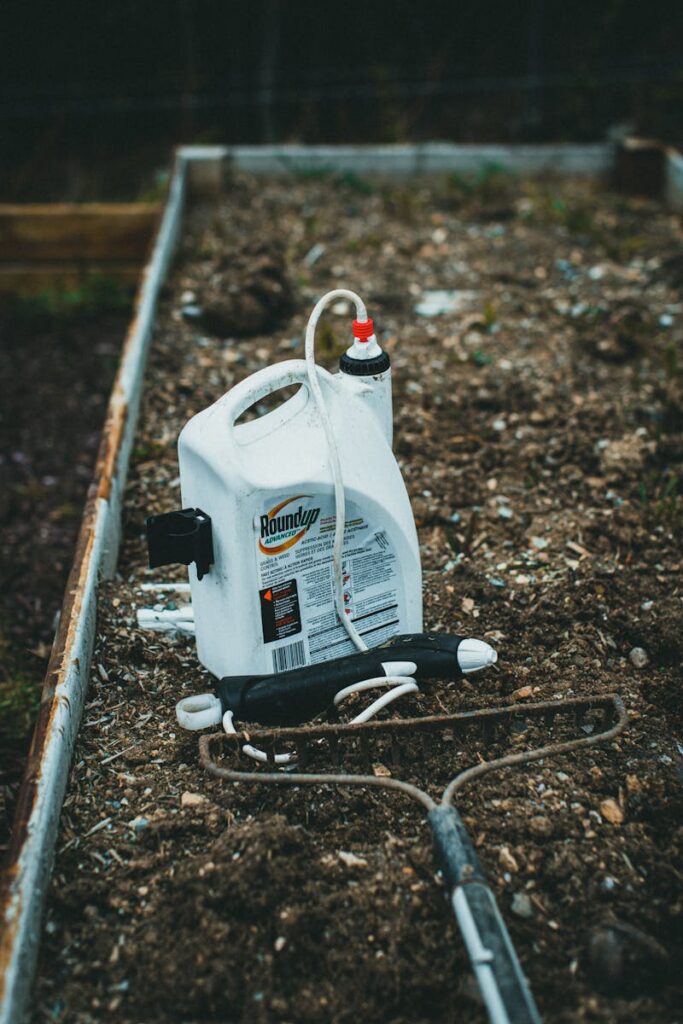
Conventional pesticides, herbicides, and fertilizers can harm birds directly through poisoning or indirectly by eliminating their food sources like insects and seeds. Commit to organic maintenance practices for any plants on your roof, using natural alternatives like compost tea for fertilization and integrated pest management techniques for dealing with unwanted insects. Remember that many “pest” insects actually serve as crucial food sources for birds, with a single chickadee family consuming thousands of caterpillars while raising their young. If you must treat for certain pests, choose the most targeted, least toxic options available and apply them when birds are least likely to be exposed. Avoid using rodenticides entirely, as poisoned rodents can cause secondary poisoning in raptors and other predatory birds that consume them.
Monitoring and Documenting Your Success
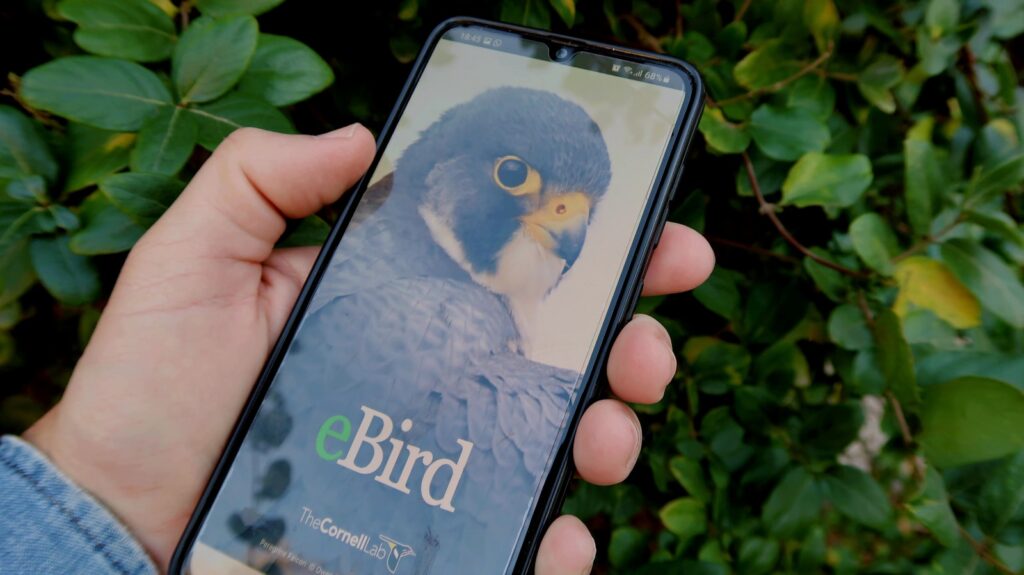
Tracking the birds that visit your roof sanctuary rewards your efforts while contributing valuable data to citizen science. Keep a journal of bird sightings, noting species, behaviors, dates, and weather conditions to identify patterns and preferences. Install a weatherproof camera to capture activity when you’re not present, potentially revealing nocturnal visitors or shy species. Consider participating in community science projects like eBird, Project FeederWatch, or the Great Backyard Bird Count, where your observations contribute to scientific understanding of bird populations and movements. These platforms also help you identify unfamiliar species and connect with fellow bird enthusiasts. Monitoring allows you to adapt your roof features based on what successfully attracts birds and what might need adjustment, creating a continuously improving habitat over time.
Engaging the Community in Your Bird-Friendly Efforts
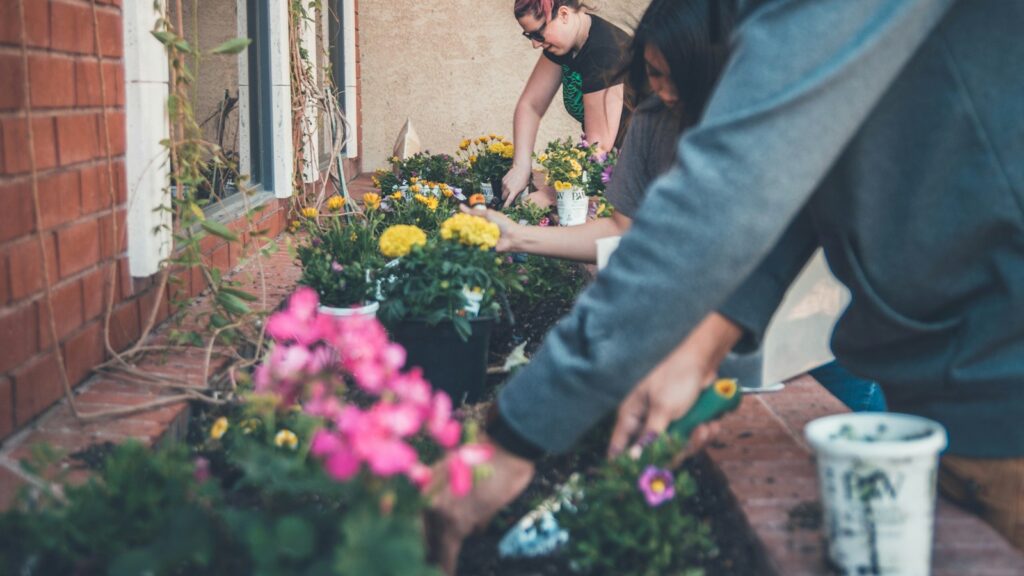
Expanding your impact beyond your own roof creates a network of bird-friendly spaces that provide greater collective benefit. Share your successes and challenges with neighbors, perhaps organizing a tour of your roof habitat to inspire others. Consider starting a neighborhood bird club or social media group where local residents can share sightings and tips. Contact local schools about educational visits where students can learn about urban ecology and conservation. Many cities now have bird-friendly building initiatives or certification programs you can join, connecting you with resources and like-minded individuals. Remember that rooftop habitats visible from surrounding buildings can spark conversations and inspire others without any formal outreach, serving as living demonstrations of how urban spaces can support wildlife.
Conclusion
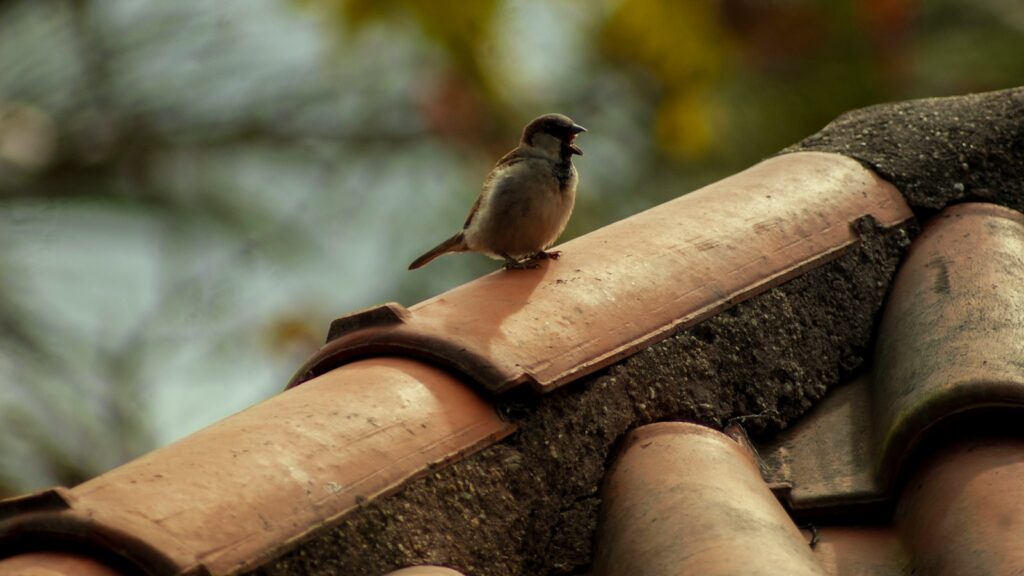
Transforming your roof into a bird-friendly zone represents a powerful way to reconnect with nature while making a tangible difference in wildlife conservation. As urbanization continues to reshape our landscape, these intentional habitat patches serve as crucial stepping stones for birds navigating through developed areas. The rewards extend beyond the satisfaction of supporting biodiversity—you’ll experience the joy of seasonal rhythms, fascinating behaviors, and the distinctive songs that bring your home to life. Whether you implement all these suggestions or start with just a few simple changes, your efforts contribute to a more sustainable relationship between human spaces and the natural world. By reimagining your roof as habitat rather than just shelter, you create a legacy of stewardship that benefits birds, your local ecosystem, and future generations.
